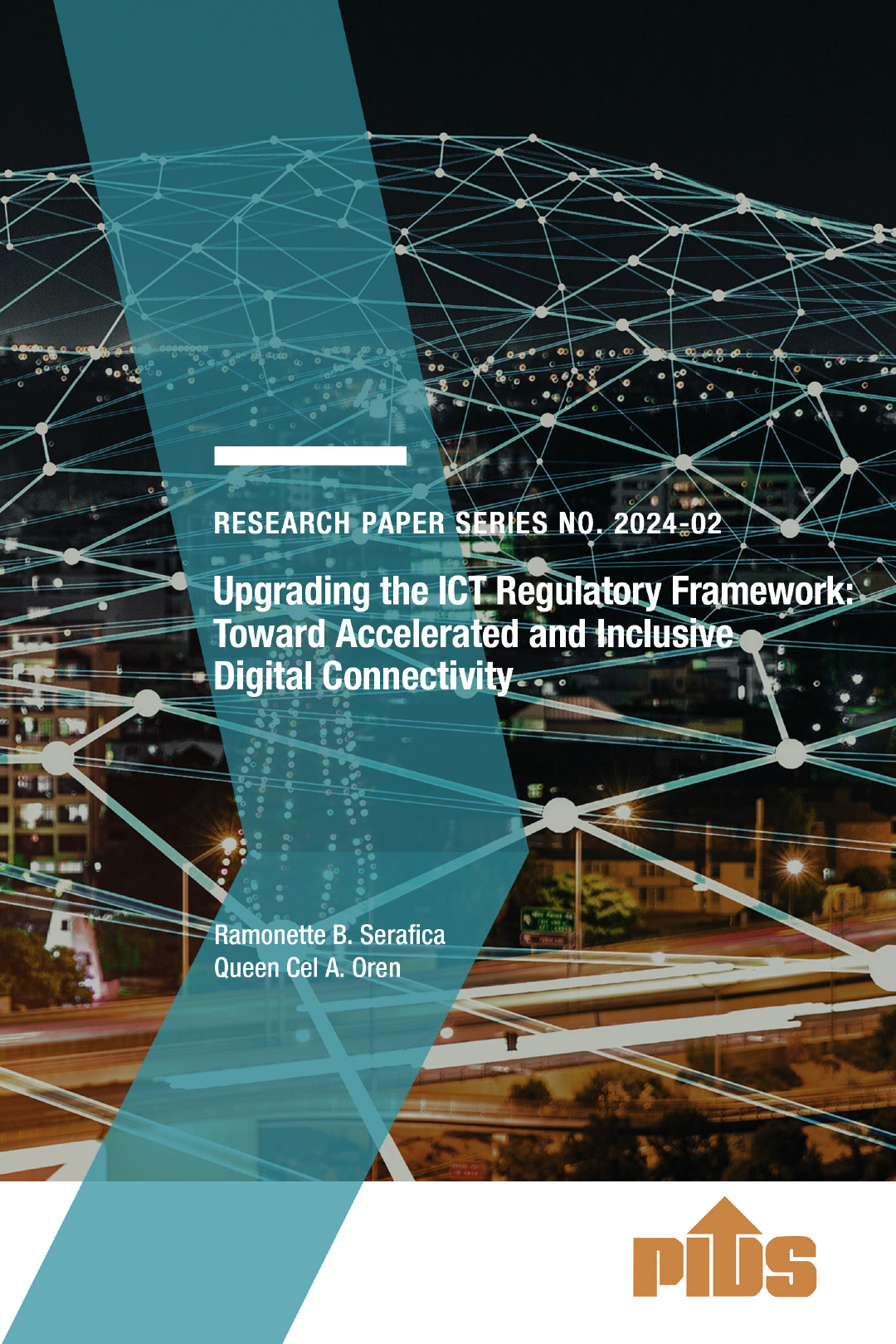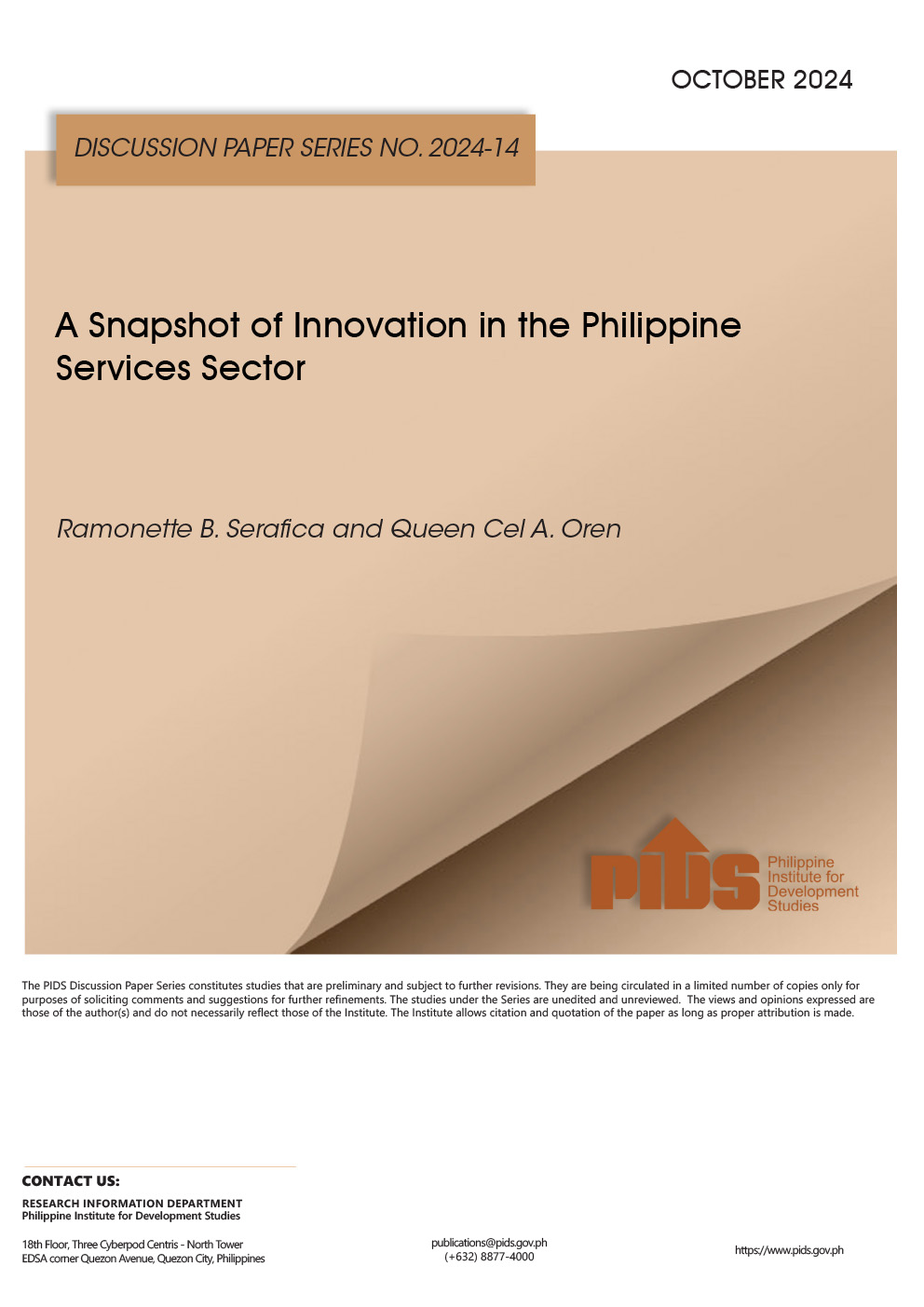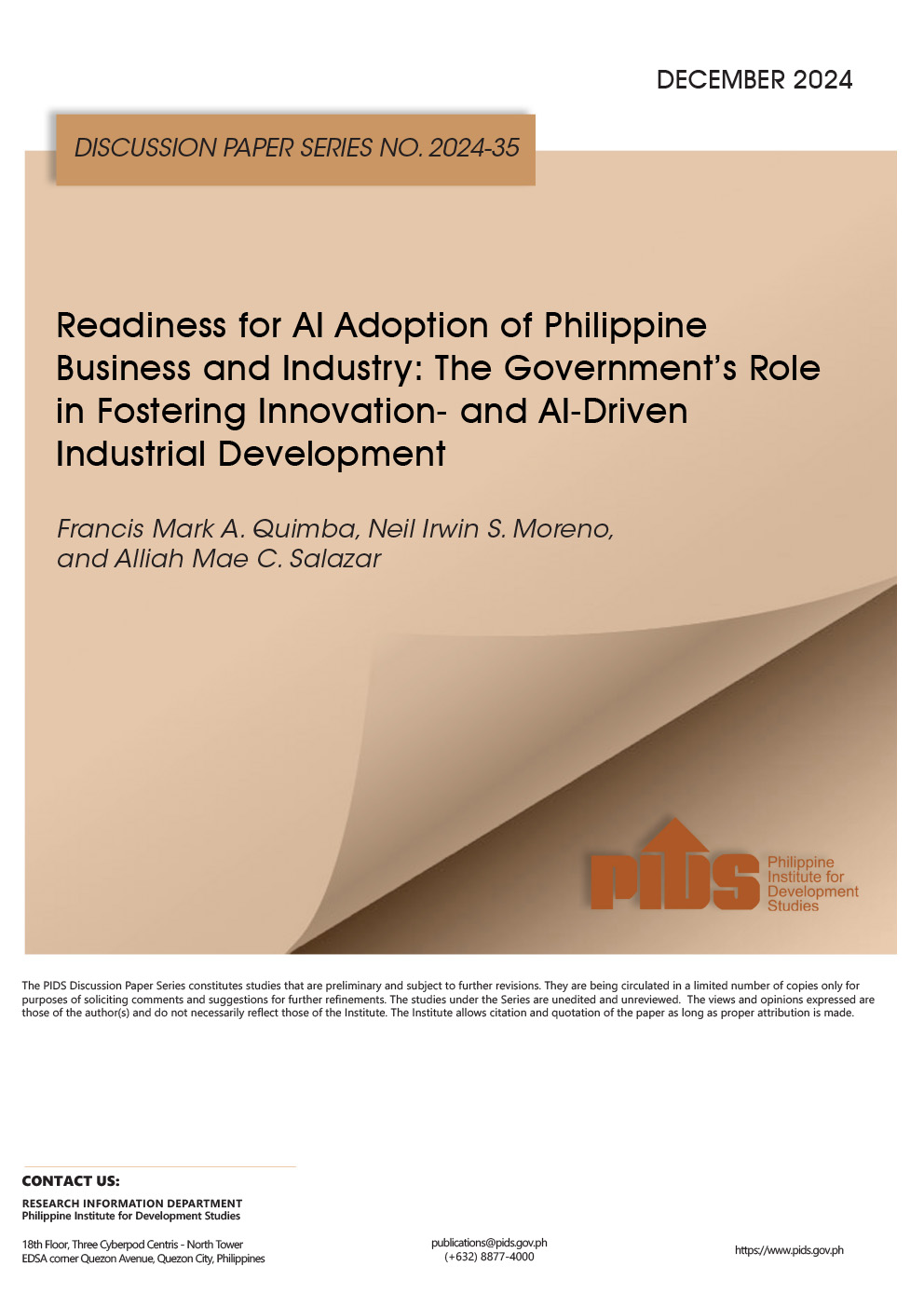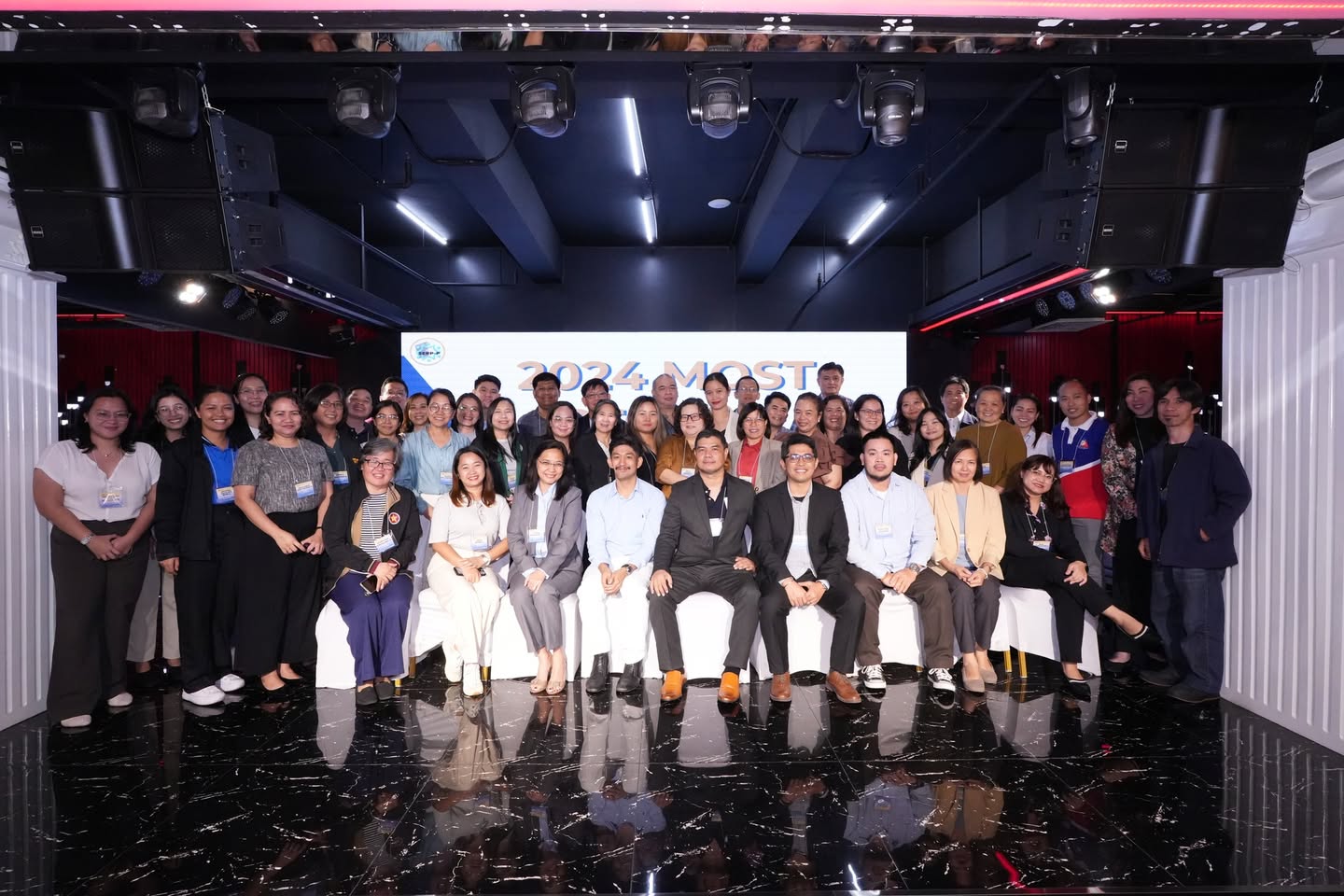MANILA, Philippines — An international think tank has lauded the administration’s Broadband ng Masa Program (BBMP), saying it is a critical component of efforts toward digital transformation and inclusivity, but warned there needs to be a greater push for improvement.
The program seeks to provide internet connectivity to geographically isolated and disadvantaged areas across the archipelago.
“Accessibility, affordability, consistency are equally crucial to social development and inclusivity as internet speed and reliability,” said Stratbase Institute president Dindo Manhit.
“The program empowers citizens, businesses, and the economy, thus playing a pivotal role in the country’s digital journey.”
According to global connectivity intelligence firm Ookla, the Philippines recorded an average fixed broadband speed of 93.05 megabits per second (Mbps) and a download speed of 93.31 Mbps in January 2024.
This has exceeded the expected internet speed of 92.19 Mbps at the start of the year, according to online reference library DataReportal. Aggressive network upgrades and private telcos’ investments in expansion are seen as reasons for the improvement.
Despite this improvement, however, the 2023 edition of the Worldwide Broadband Speed League ranked the Philippines 86th out of 220 countries with an average download speed of 43.36 Mbps, which was slower than the Asian average of 45.72 Mbps.
“There is much room for improvement,” said Manhit. “While we enjoy near-universal 4G coverage, and a promising 5G coverage at 70 percent, we are still lagging behind the mobile broadband speeds in Southeast Asia.”
The Philippines is third lowest in terms of affordability of mobile data, scoring 47.01 out of 100, according to the 2022 Global System for Mobile Communications Mobile association Connectivity Index.
“This is a serious obstacle that must be hurdled,” said Manhit. “Prohibitive connectivity costs cut off a large part of the population from the benefits of digitalization, because such costs now have to compete with other basic goods that must be obtained in order to live. This will ultimately negate other key factors such as infrastructure and consumer readiness.”
“This echoes a study by the Philippine Institute for Development Studies, which warned that lower access to the internet especially in the rural regions leaves many people disconnected from the online world’s opportunities,” he added.
The Department of Budget and Management has allotted over P2.4 billion for free internet WiFi connectivity in public places. Another P50 million, on the other hand, goes to connectivity concerns for state universities and colleges (SUC).
Public areas include convergence points such as national and government offices, public basic education institutions, SUCs, Technical Education and Skills Development Authority (TESDA) institutions. They also include public hospitals, medical care facilities, plazas, and transport terminals.
Manhit acknowledged the contribution of the private sector, even as such public allocations by the current administration are an immense improvement over its predecessors’.
“In the first nine months of 2023, private telcos collectively spent P127 billion for their capital expenditures, showing their intention to still improve the way broadband services are delivered not just in key economic areas of the country but across the archipelago,” Manhit said.
“We are confident that the government knows the direction it should take: ramp up investments in digital infrastructure to be in step with the private sector’s drive to expand connectivity nationwide,” Manhit said.
“This will transform the Philippines’ image as a laggard in connectivity into a globally competitive investment destination.”












